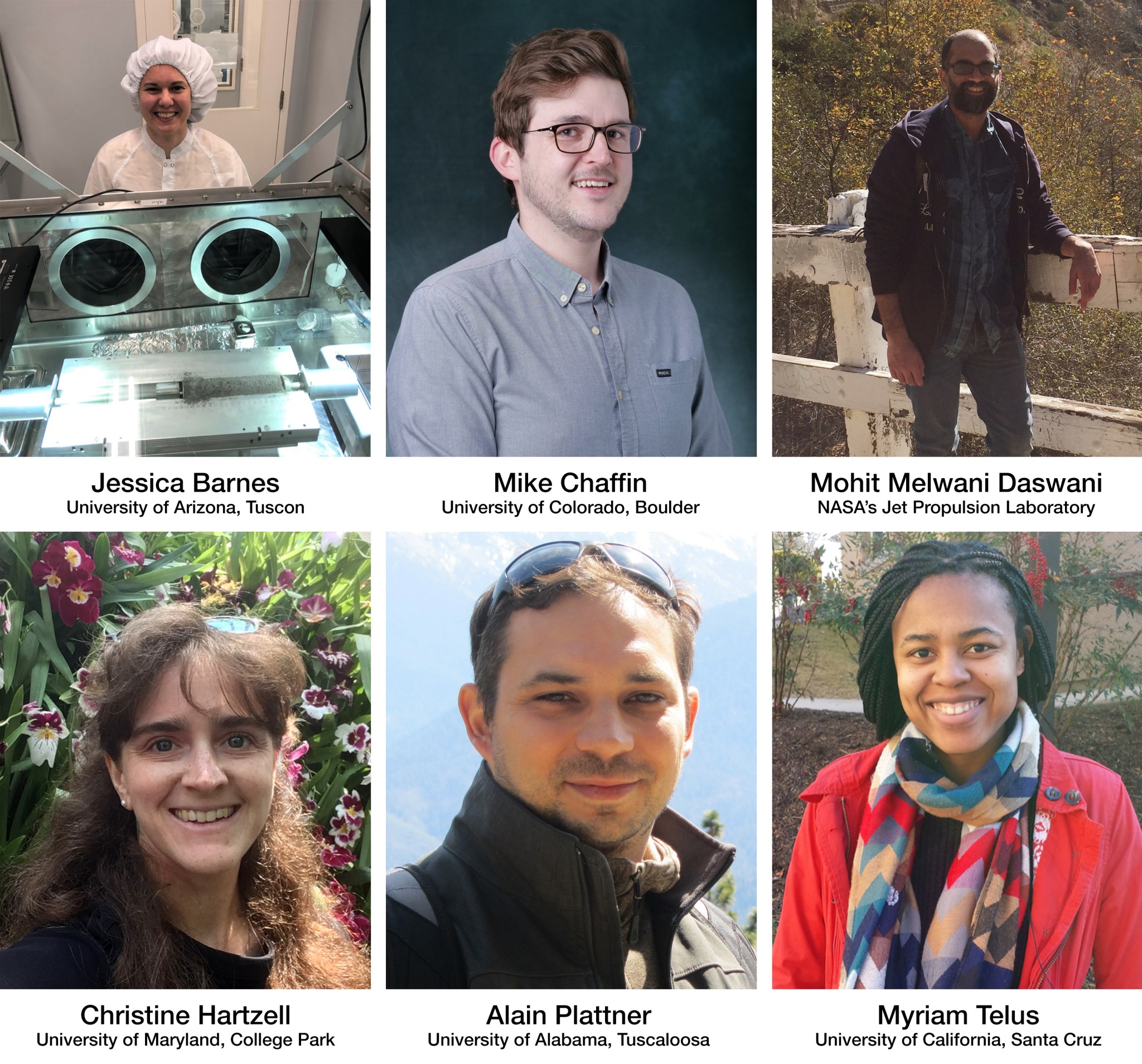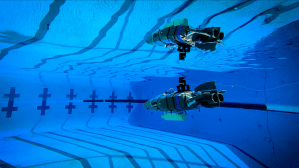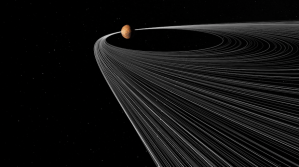NASA has selected six early-career scientists to receive funding through the Planetary Science Early Career Award (ECA) program to support outstanding early-career individuals and allow them to play an increasing role in the planetary science community. The ECA program is new to the Planetary Science Division (PSD) and is the successor to PSD’s former Early Career Fellowship program.
“At NASA, we know how important this new program is to the early-career scientists in our community, and to the future of planetary science as a whole” said Shoshana Weider, ECA Program Lead. “We had excellent candidates this year, and I’m excited to see what these six Principal Investigators (PIs) will achieve in the next stages of their careers.”
The goal of the ECA program is to advance the research and professional development of exceptional early-career scientists by granting up to $200k to each of the selected PIs. These awards will allow the promising individuals to continue their work and meaningfully contribute to the planetary science community.
The selected projects span the full breadth of planetary science research, and the PIs are based at institutions across the country:
Jessica Barnes from the University of Arizona, Tucson
Dr. Barnes’ research focuses on studying how the solar system formed and evolved, specifically by studying volatile species like hydrogen in the inner solar system. The ECA funding will help Dr. Barnes further expand her research and will be used to purchase new equipment to aid in teaching students at the University of Arizona interested in planetary science.
Mike Chaffin from the University of Colorado, Boulder
Dr. Chaffin’s research seeks to understand the evolution of planetary atmospheres in our solar system, and funding from the ECA program will allow him to conduct a new series of studies to explore processes that affect hydrogen loss from the martian atmosphere. The ECA funding will also allow for the development of interactive planetary science courses to be used for both the students at University of Colorado studying planetary science as well as the general public.
Mohit Melwani Daswani from NASA’s Jet Propulsion Laboratory (JPL)
Dr. Melwani Daswani’s research examines fluid-rock interactions and geochemistry as they relate to the crusts of planets like Earth, Mars, icy ocean worlds, and exoplanets. The ECA funding will allow Dr. Melwani Daswani to lead a series of free workshops over the next five years aimed at bringing interdisciplinary groups of scientists together to resolve discrepancies between current existing thermodynamic and geodynamic model predictions and experimental results. This work could advance our understanding of how these celestial bodies form, as well as contribute to important scientific fields like astrobiology—the study of the origin, evolution, and distribution of life in the universe.
Christine Hartzell from the University of Maryland, College Park
Dr. Hartzell focuses on studying the behavior of granular materials in response to non-gravitational forces—such as electrostatic forces—on the surface of small planetary bodies, like the Moon and asteroids. Doing so helps scientists better understand how small planetary bodies evolve, as well as improve future designs of spacecraft that will explore them. Funding from the ECA program will help expand Dr. Hartzell’s expertise to comets as she spends time at JPL, learning about cometary ices and collaborating with mission design specialists.
Alain Plattner from the University of Alabama, Tuscaloosa
Dr. Plattner will use the ECA funding to help build a planetary science research group at the University of Alabama. Specifically, he aims to broaden his work by conducting analysis of data from the NASA Galileo flybys of Ganymede. This work will provide better understanding of Ganymede’s internal magnetic field, and in turn, allow insights into the internal structure of icy moons like Ganymede and Europa to be gained. Continuing this research through ECA funding will also provide a pathway for talented students in the Alabama/Mississippi region to seek a career in planetary science.
Myriam Telus from the University of California Santa Cruz
Dr. Telus will use the ECA funding to carry out research on planetesimal formation and evolution through a combination of petrographic and chemical analyses of meteorites, and for the development of cosmochemistry and scanning electron microscope labs in her department at the University of California Santa Cruz. These facilities will be suitable for storing and analyzing samples returned from the ongoing NASA OSIRIS-REx and Japan Aerospace Exploration Agency Hayabusa-2 missions.
Individuals interested in applying for NASA’s ECA program must have a funded ROSES grant from the past two ROSES cycles and must be within 10 years of receiving their PhD. The deadline for ROSES-2020 ECA program is December 1, 2020. See here for more information about the program and eligibility requirements.
For more information about NASA’s planetary science, visit:
https://www.nasa.gov/solarsystem
-end-
Grey Hautaluoma / Joshua Handal
Headquarters, Washington
202-358-0668 / 202-358-2307
grey.hautaluoma-1@nasa.gov / joshua.a.handal@nasa.gov

































